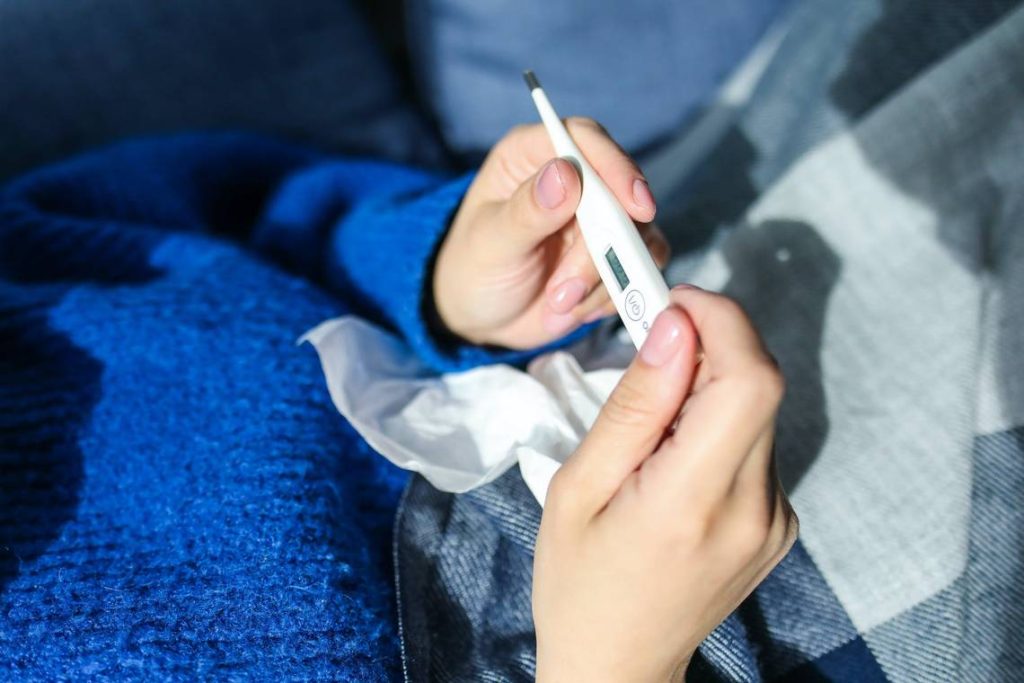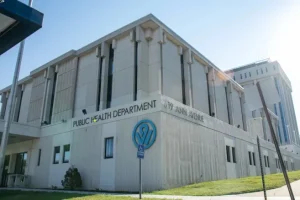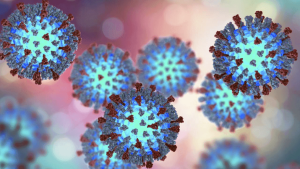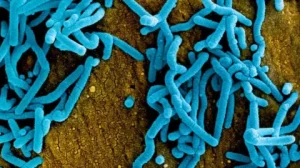United States: North Carolina is grappling with an unprecedented convergence of at least four widespread viral infections this winter season, ominously dubbed a “quad-demic.” Vulnerable populations are at risk of severe health repercussions due to the virulence of these pathogens.
In response to this alarming uptick, healthcare systems across the state, including Duke Health, UNC Health, and WakeMed, have implemented stringent visitor restrictions aimed at mitigating transmission, as reported by The News & Observer.
Adding to this challenging landscape is the emergence of a fifth, particularly aggressive virus. Dr. David Weber, an esteemed infectious disease expert at the UNC School of Medicine, sheds light on the array of illnesses afflicting North Carolinians and offers insights on protective measures, as per charlotteobserver.com.
Viral Disease in North Carolina: The Culprits
Dr. Weber reports that COVID-19, influenza, respiratory syncytial virus (RSV), and walking pneumonia are circulating robustly across the region. However, their prevalence varies.
Face mask mandates make a comeback in eight US states amid fears of quad-demic. Four viral infections — flu, Covid, the cold-like virus RSV and norovirus — are rising, reaching around 15million cases and 30,000 deaths so far this winter. https://t.co/AMsLzKpcrQ pic.twitter.com/3wUK3SFIwh
— Health & Business + Entertainment (@Covid19Place) January 8, 2025
“We’re witnessing a marked surge in influenza and RSV cases,” Weber remarked, noting a “modest rise” in COVID-19 infections.
While instances of walking pneumonia are tapering, their frequency remains above seasonal expectations. Alarmingly, norovirus—often termed the “winter vomiting disease”—is gaining traction, aligning with its propensity for wintertime outbreaks, according to reports by charlotteobserver.com.
Understanding Norovirus
Norovirus, a hyper-contagious gastrointestinal pathogen, is a leading cause of vomiting, diarrhea, and foodborne illnesses in the United States. Although anyone can contract this infection, its severe manifestations disproportionately impact young children under five, the elderly, and immunocompromised individuals.

Key Viral Contenders: Simplified Definitions
- COVID-19: A highly transmissible respiratory disease caused by a novel virus. Its asymptomatic spread and severe complications, such as long COVID, have led to over one million fatalities in the U.S. alone.
- Influenza: Commonly known as the flu, this respiratory infection originates from influenza viruses targeting the nasal passages, throat, and lungs. Symptoms range from mild discomfort to life-threatening conditions.
- Respiratory Syncytial Virus (RSV): This pervasive virus typically triggers mild cold-like symptoms but stands as the primary cause of pediatric hospitalizations nationwide. Its similarity to the common cold complicates diagnosis.
- Walking Pneumonia: A bacterial respiratory condition characterized by mild symptoms, including a persistent cough, which often doesn’t confine sufferers to bed. However, severe cases can lead to serious pulmonary infections necessitating medical intervention.
Are Flu Cases Reaching Their Zenith?
Flu cases in North Carolina have yet to crest, according to Dr. Weber. “The seasonal peak can occur as early as November or as late as May, though it’s common to see it surge between late January and mid-February. We anticipate further escalation,” Weber elaborated, as per charlotteobserver.com.
High-Risk Groups for Winter Viruses
Young children remain the most vulnerable to all four respiratory pathogens, with older adults also significantly at risk. General precautions are essential for everyone. Norovirus, in particular, poses a heightened risk for individuals consuming raw shellfish, as highlighted by the CDC.
Shields Against Viral Onslaught
To bolster defenses against COVID-19, influenza, and RSV, the CDC recommends the following:
- Mask Usage: Respiratory illnesses spread through airborne particles. Masks are especially crucial in crowded indoor settings as cases surge.
- Vaccination: Flu shots and updated COVID-19 vaccines are advised for individuals aged six months and older. RSV vaccines target older adults and very young children, while high-dose flu vaccines are tailored for senior citizens. Pregnant individuals are encouraged to immunize for dual protection.
- Prompt Treatment: Early intervention is critical. Oral antivirals for flu and COVID-19 are most effective within 48 hours and five days of symptom onset, respectively. Walking pneumonia responds to antibiotics, though RSV lacks definitive therapeutic options.
- Classic Precautions: Sneeze into tissues, rigorously wash hands, improve ventilation, and self-isolate when unwell.
Guarding Against Norovirus
To thwart norovirus, adhere to CDC guidelines:
- Wash hands thoroughly and frequently.
- Cook shellfish adequately.
- Clean fruits and vegetables meticulously.
- Disinfect contaminated surfaces.
- Wash soiled laundry in hot water.
- Remain isolated for 48 hours post-recovery.





